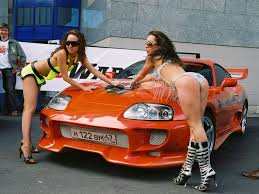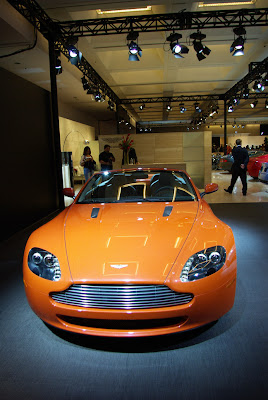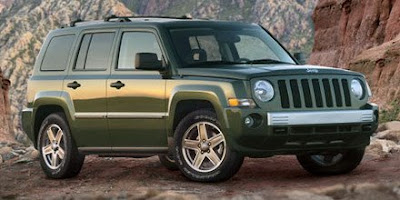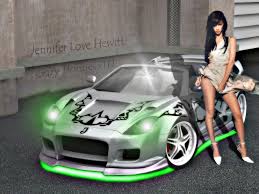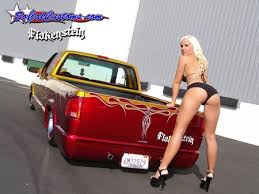
The Pontiac Chieftain was introduced in 1927 and immediately began outselling other cars in its class. In its first six months of production, the vehicle sold 39,000 units. The car was so popular because it was priced so low. The Chieftain was the cheapest selling vehicle with the inline 8 engine in the country and quickly became the top selling car in the United States. Pontiac held on to its spot from its days during the depression through until the post world war 2 days. It carried with it an image of a solid reliable if somewhat underpowered vehicle that fit very well into the budget of most American families at that time.
Unfortunately, it was this same imagine of reliance and dependability that would cause a problem for the line heading into the fifties and on into the sixties. The newer generation of young, up and coming citizens would view Pontiac as the old-fashioned car that had belonged to their parents. This generation wanted a vehicle that was new and fresh looking as themselves.
What Pontiac needed was a makeover and in 1956, the former dowdy line of cars got just what it needed. Bunkie Knudsen took over as the General Manager for Pontiac and went to work immediately on updating Pontiac's image. First to go were the hallmarks of the Pontiac line, the "silver streaks" that had been on the hoods of every Pontiac for years. With Knudsen joining in the middle of 1956, the immediate change would take place just a short time before the '57 models were rolled out on to the showroom floors. Knudsen was also responsible for the introduction of the Bonneville, Pontiacs first fuel injected car. With a completely new design form and offering many first time features, the Bonneville was priced at over $5700.00. For this price, one could go and pick up a new Cadillac and many of the Bonneville's critics expected to go over like a lead balloon. However, the public was intrigued with the new styling of the Bonneville, just as Knudsen had foreseen they would be. The car stirred the interest of consumers who had grown bored with all the look alike cars on the market at that time. The Bonneville was so successful in fact that it became its own line.
The Bonneville became one of the cornerstones of the Pontiac line up. It did receive help from some of the other popular cars that Pontiac introduced over the years such as the GTO and Pontiac's first pony car, the Firebird.
Ronnie Tanner is a contributing writer at used Pontiac engines. He writes about used Pontiac engines and other industry specific topics.


